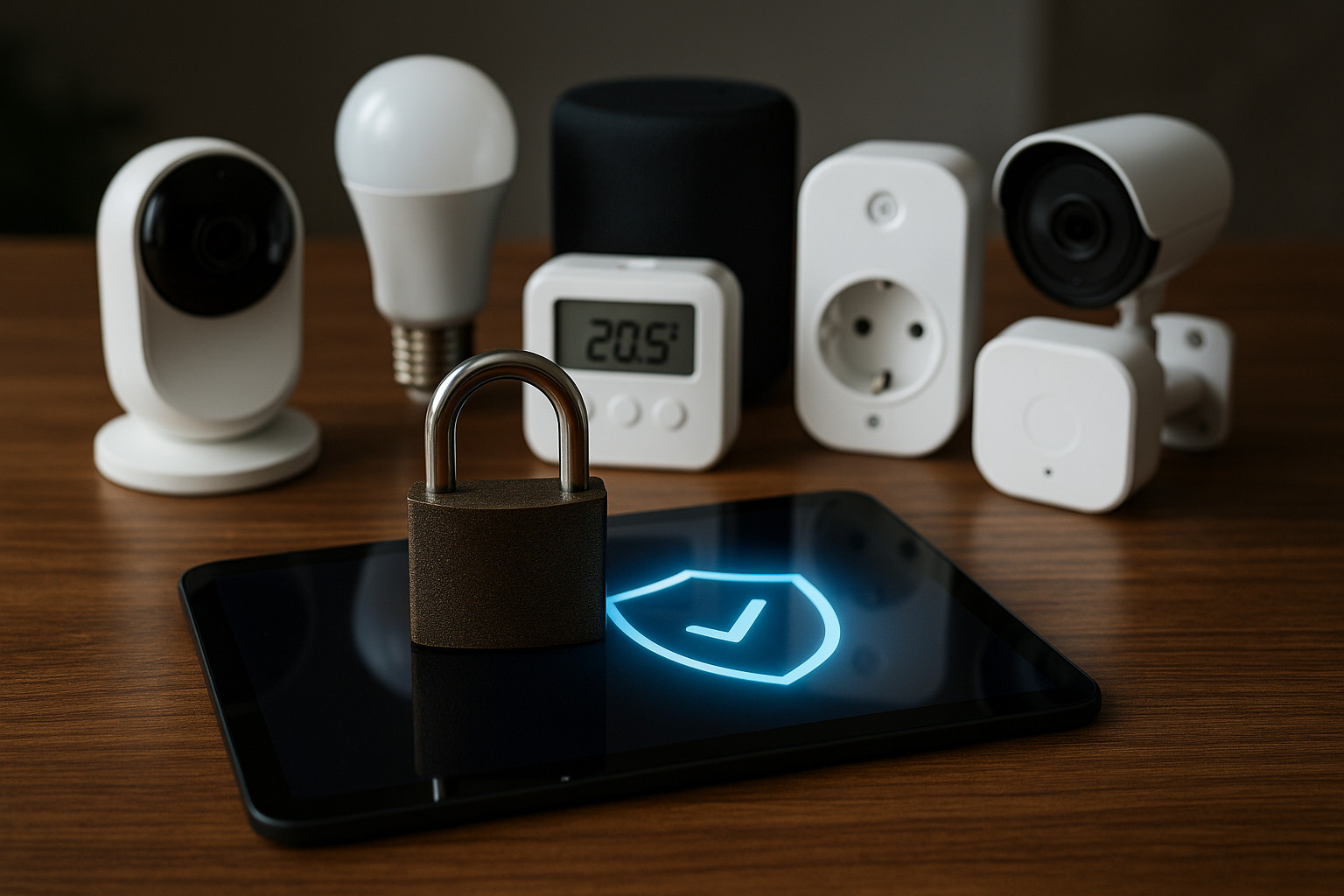How to Secure Your Smart Home Devices Against Cyber Threats
Smart home devices connect everything from thermostats and doorbells to lights and security cameras. But with that convenience comes risk. If your connected devices are not properly secured, they can be exploited to spy, steal, or sabotage. Here’s how to keep them safe.
1. Change Default Usernames and Passwords
Default credentials are publicly known. Attackers often scan networks for devices using factory-set usernames and passwords.
- Use strong, unique passwords for each device.
- Avoid personal information like names or birthdates.
- Use a password manager to store complex combinations securely.
2. Keep Device Firmware Updated
Manufacturers release updates to patch security flaws. Outdated firmware leaves devices vulnerable.
- Enable automatic updates when available.
- Regularly check manufacturer websites if automatic updates aren’t supported.
- Subscribe to update notifications or alerts for your devices.
3. Use a Separate Wi-Fi Network for Smart Devices
Segmenting your network limits access in case a device is compromised.
- Create a guest network for IoT devices.
- Avoid connecting computers or phones to this secondary network.
- Use WPA3 encryption if supported by your router.
4. Disable Unused Features
Each active feature expands the attack surface.
- Turn off remote access unless it’s absolutely needed.
- Disable microphones or cameras when not in use.
- Remove third-party integrations you don’t actively use.
5. Enable Two-Factor Authentication (2FA)
If your device’s app or platform supports 2FA, turn it on.
- Use authenticator apps instead of SMS where possible.
- 2FA provides an added layer even if a password is compromised.
6. Secure Your Router
The router is the gateway to your entire network.
- Change the admin credentials from defaults.
- Turn off WPS (Wi-Fi Protected Setup).
- Update the router firmware regularly.
- Hide the SSID if possible to avoid broadcasting the network name.
7. Limit Data Sharing
Many smart devices collect and transmit data. Control what’s shared.
- Review privacy settings within the app.
- Deny unnecessary permissions.
- Opt out of data sharing or analytics if given the choice.
8. Audit Devices Regularly
Periodic reviews help identify weak points or forgotten devices.
- Remove devices you no longer use.
- Check for strange behavior like unexpected reboots or network usage spikes.
- Use network scanning tools to see what’s connected.
9. Use a Firewall or Network Security Solution
Adding a firewall or using a router with built-in threat detection boosts protection.
- Monitor inbound and outbound traffic.
- Block known malicious IPs or suspicious behavior automatically.
10. Avoid Cheap, Unbranded Devices
Inexpensive devices without established support may lack proper security protocols.
- Check for known vulnerabilities online before purchasing.
- Prioritize brands with a track record of timely updates and transparency.
Final Thoughts
A smart home should be safe and responsive—not an easy entry point for hackers. Simple steps like changing passwords, updating firmware, and isolating devices go a long way. Strong digital hygiene, practiced consistently, turns your connected home into a much harder target.












Post Comment